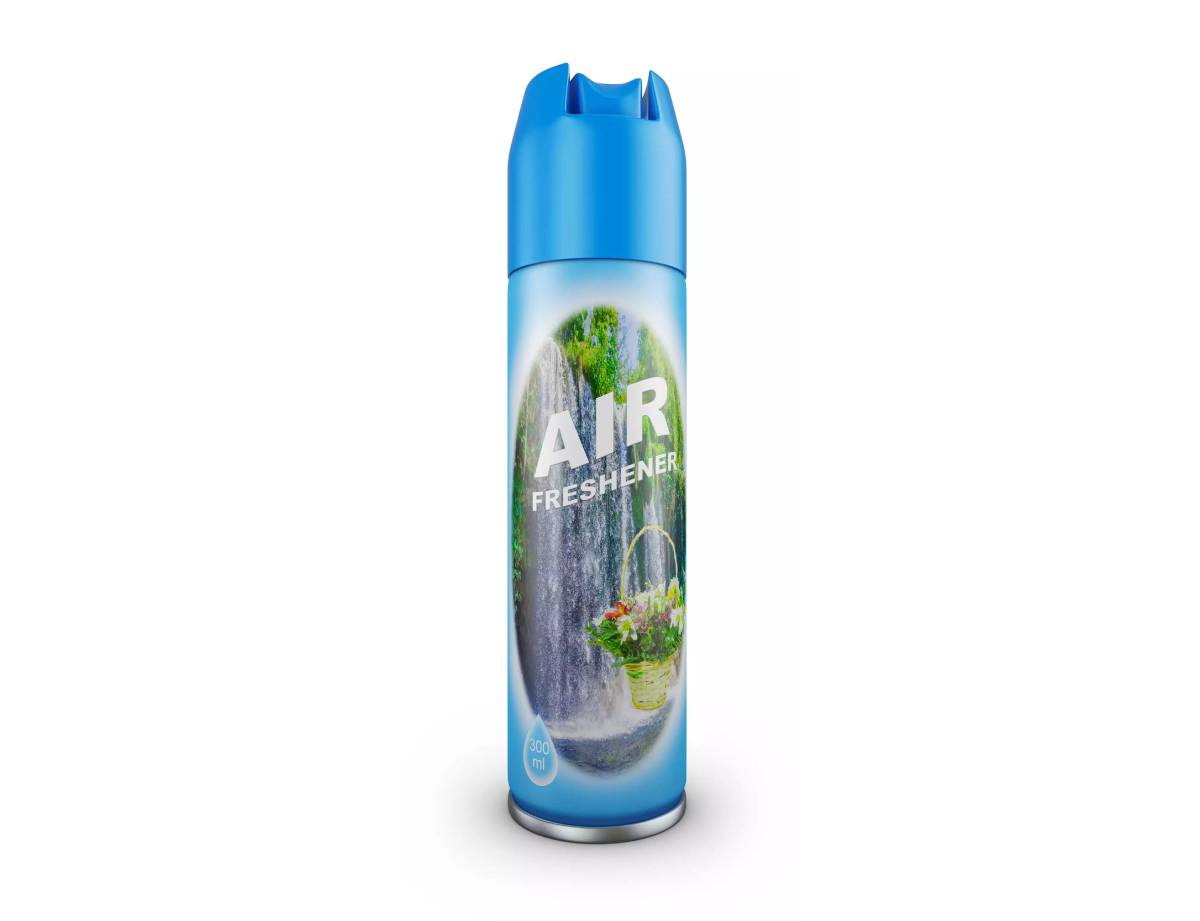- You have no items in your shopping cart
- Subtotal: AUD$0.00
What’s really in your air freshener?
A study conducted at the University of Sharjah analysed 4 different air fresheners, randomly chosen from the local supermarket. The samples were analysed and revealed a variety of chemicals. The chemicals found in the samples include lilial, galaxolide, benzenemethanol, musk ketone, butylated hydroxytoluene, and linalool.
Galaxolide, also called HHCB, for example, is a common synthetic musk whose use has been steadily increasing over the last 30 years. Health concerns include reproductive, developmental, and endocrine disorders, systemic and neuronal toxicities, skin and eye irritation, and respiratory and skin sensitisation.
Butylated hydroxytoluene (BHT) revealed renal and hepatic damage in rats. It has been associated with hepatocellular and pulmonary adenomas in animals. BHT applied to the skin was associated with toxic effects in lung tissue.
None of these chemicals were revealed on the product’s label. The study concluded that air fresheners need to be free of any toxic or harmful chemicals and include natural ingredients instead.
Air freshener and other household products that are included in the Environment & Personal Care Testing Kit 1
BHT will be included in the Environment & Personal Care Testing Kit 2, which will be ready at the end of August

